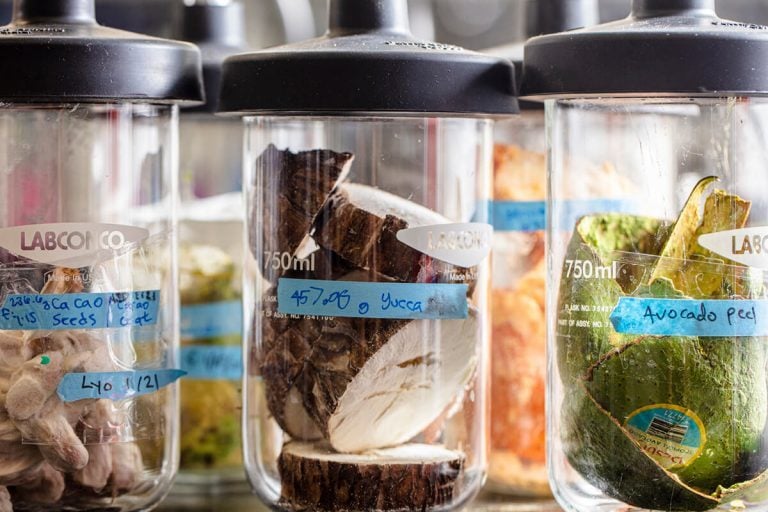December 22, 2022
Blog Post
How Brightseed Sources Bioactives From Nature

At Brightseed, we are trying to answer two big questions:
- How many bioactives exist in nature?
- And how can we efficiently and responsibly harness their power to support human health?
To answer these questions, we first narrowed our focus from all plants, fungi, and microbes on earth to the much smaller subset of edible and medicinal ones. Using our A.I.-powered platform, Forager®, we've already discovered more than four million natural compounds within these sources and have predicted some of them to be bioactive.
The plant kingdom is massive, which means there are many plant sources left to process and compounds still to discover. Our specific approach to researching them, however, is guided by Brightseed’s three core principles:
Truth guides us in identifying the source and power of a plant from the people who know it best. We source plants at farmer’s markets, grocery stores, and botanical apothecaries from all over the globe. We talk with growers, sellers, and healers who have known about unsung plants for decades, sometimes through lore passed down over centuries. Often, these sources are experts in a plant’s origin, growing conditions, and environmental needs, which is crucial to our metadata.
Courage in our approach means not taking the easy road. We avoid sourcing exotic or endangered plants and buying samples from any source that doesn’t value sustainability and respect for its workers. Not acquiring endangered plants and sourcing from farms—as opposed to wild harvested plants—ensures that we aren’t removing plants from their natural environment in a way that threatens their populations and the broader ecosystem. We strive not to repeat mistakes of bio-exploitation made in past eras of scientific research and instead walk respectfully in wild places and with native populations.
Humility helps ensure that our curiosity alone is not sufficient grounds for disrupting the natural environment. If a plant is endangered or connected to a certain community or sacred ceremony, we don’t seek it out without honoring the cultural, medical, and economic role it has played across cultures and time. For example, our natural library doesn't contain Salvia apiana, or White Sage, a sacred plant to many Native American traditions that were deemed illegal for them to use until the passage of the American Indian Religious Freedom Act of 1978. Instead, we use White Sage as a template to find similar taxonomic variants in neighboring genera and species that aren’t endangered or culturally protected.
Ultimately, the plant kingdom is big enough to explore in a respectful way free of competition, aggression, or exploitation. We approach our acquisition of plants with a sense of opportunity to improve human life and curiosity for how much our species can still learn from the timeless wisdom of nature.
